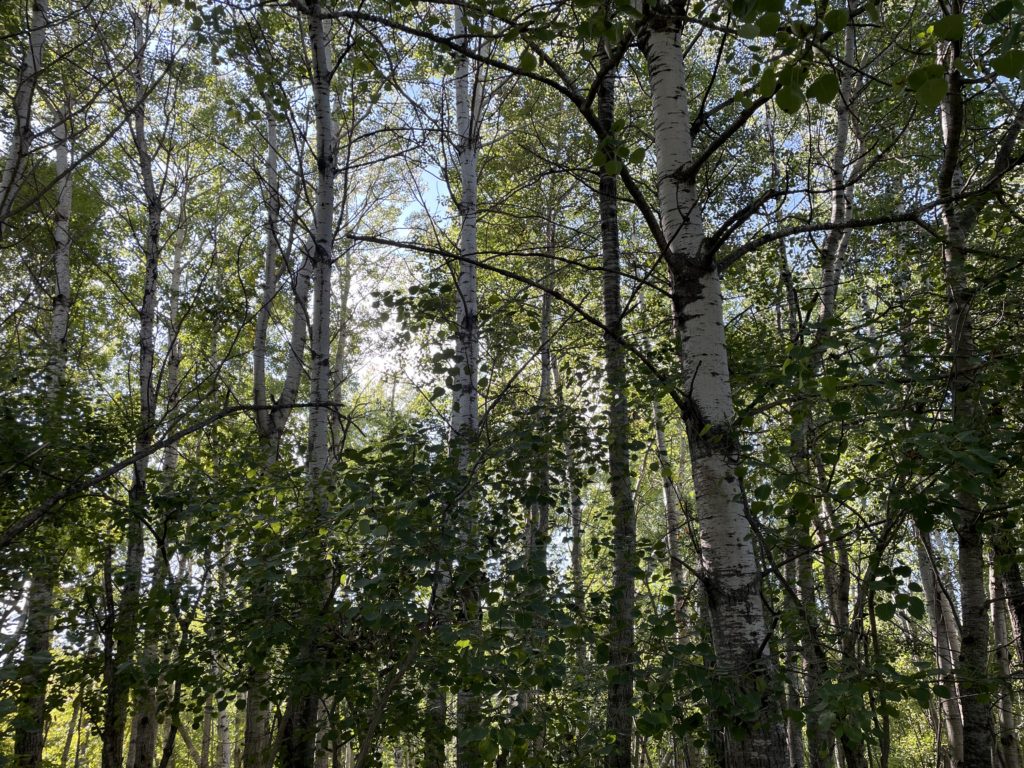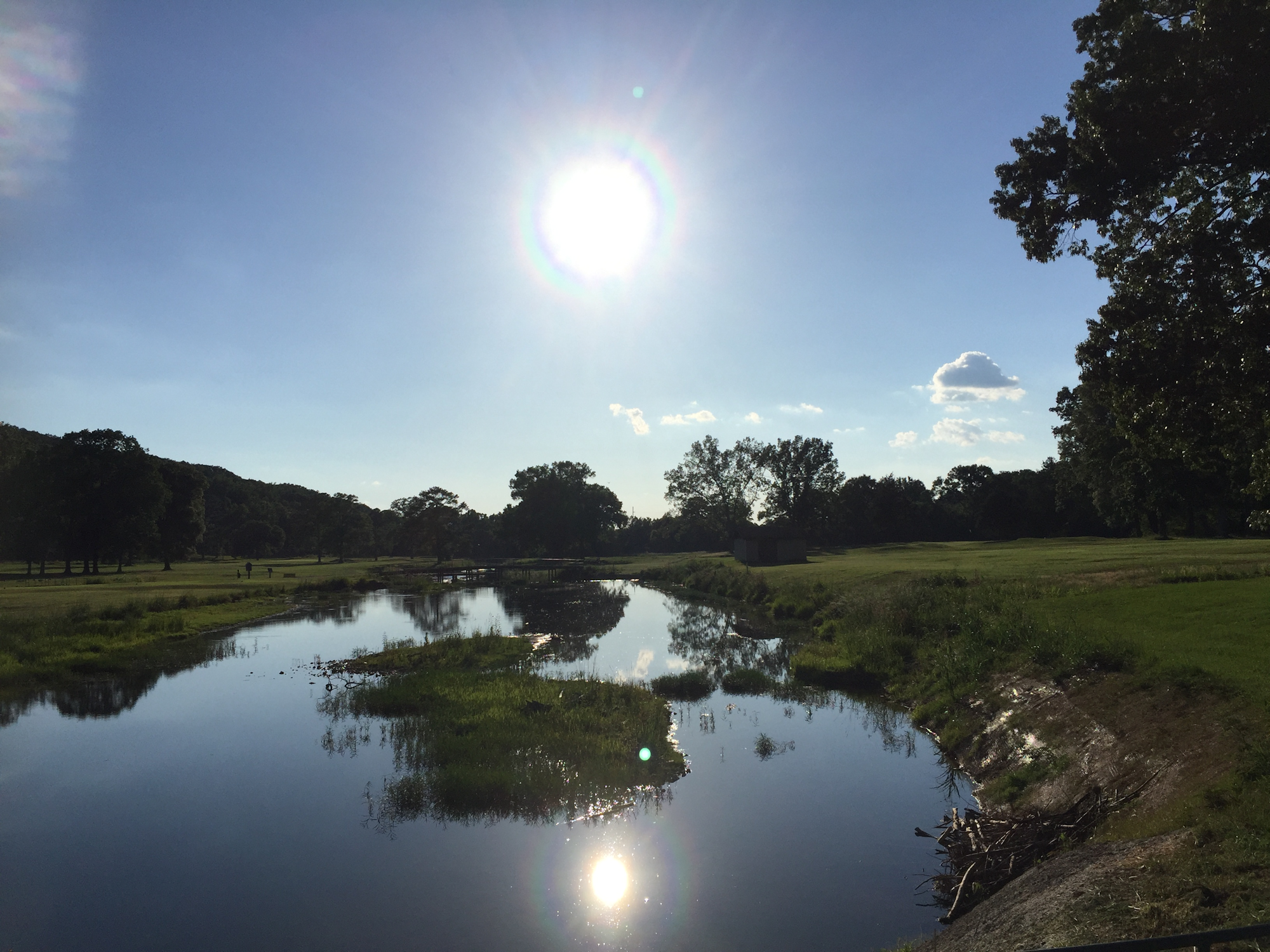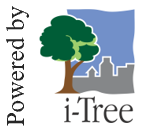
It seems obvious that trees impact our communities in a beneficial way by providing shade and lowering temperature, absorbing carbon dioxide, and intercepting and absorbing rainfall. But quantifying these benefits can be challenging. Fortunately the USDA Forest Service “provides urban and rural forestry analysis and benefits assessment tools” that can help us. The USDA developed these through a public-private partnership with Davey Tree Expert Company, The Arbor Day Foundation, Urban and Community Forestry Society, International Society of Arboriculture, and Casey Trees. What surprised me is that these tools known as i-Tree have been around since 2006.
You can access the website to learn more about these tools here: i-Tree Website. The i-Tree site lists a suite of tools for assessing impacts of both individual trees and tree canopies. And there is a tool to help you select the species based on your location.
The i-Tree website also has a lot of resources to help you in learning how to use their tools. You can visit their support page to access manuals, guides, workbooks, and reports from users. For example, they list a link to a Story Map site set up by Abington Township Montgomery County, Penn., a community which made use of the i-Tree suite. And while this community is in the United States, the use of i-Tree is not limited to the U.S. The i-Tree site also lists information regarding its use internationally with examples of its use in other counties.
Other resources to check out include their User Forum, LinkedIn account, 2024 i-Tree Open Academy. And finally if you have time and opportunity you could attend the following conference highlighted on the i-Tree site: the 4th European i-Tree Conference & Urban ReLeaf Conference which will be held June 19-21, 2024, in Dundee, Scotland.



